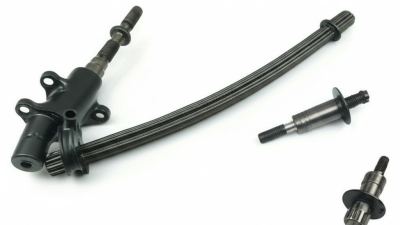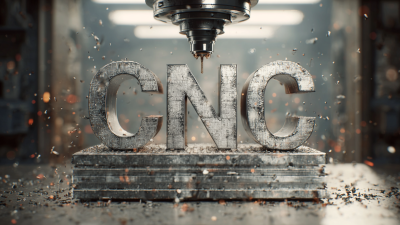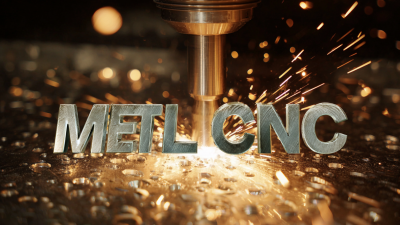
- sales@bjbod.com
- Mon - Sat at 7:00AM to 9:00PM

The advent of CNC (Computer Numerical Control) technology has profoundly transformed the landscape of manufacturing, introducing unprecedented precision and efficiency. At the heart of this revolution are CNC parts, which are integral components crafted for automated machines. These parts ensure that manufacturing processes are not only streamlined but also capable of producing complex designs with minimal human intervention. This technological evolution has led to a significant reduction in production time while enhancing the accuracy of outputs—essential factors for industries striving for competitiveness in a fast-paced market.

As industries increasingly adopt CNC machining, understanding the role of CNC parts becomes paramount. From aerospace to automotive, and electronics to healthcare, the versatility of CNC parts allows manufacturers to meet diverse specifications and requirements efficiently. With the ability to create intricate designs that were once deemed too complex for traditional machining methods, businesses can innovate more freely and meet the evolving demands of consumers. This exploration into CNC parts and their impact on manufacturing processes highlights not just a change in technique but a fundamental shift in the capabilities of contemporary production systems.
CNC parts, or Computer Numerical Control parts, are integral components in modern manufacturing that automate the production process, enhancing precision and efficiency. In essence, CNC technology utilizes computer software to control machine tools, enabling the creation of intricate parts with minimal human intervention. This automation not only reduces the likelihood of errors but also allows manufacturers to produce complex designs that would be nearly impossible using traditional methods. The significance of CNC parts lies in their ability to maintain consistent quality across large production runs while significantly decreasing lead times.
When utilizing CNC technology, it’s crucial to consider the type of materials being used. Different materials can affect machining speeds and tool wear. Tip #1: Always consult your CNC machine’s specifications to determine the optimal parameters for various materials. Additionally, programming plays a vital role in the efficiency of CNC parts production. Tip #2: Invest time in mastering the software used for programming CNC machinery, as it can lead to better-skilled operators and improved workflow. Understanding the importance of design precision also cannot be overstated. Tip #3: Regularly review and optimize your CAD models before production to ensure the best fit and finish for your CNC parts.
CNC (Computer Numerical Control) technology has transformed the manufacturing landscape by offering precision, efficiency, and flexibility that traditional methods struggle to match. One of the key advantages of CNC technology is its ability to produce complex parts with a high degree of accuracy. Unlike manual machining, where human error can compromise the integrity of a part, CNC machines follow programmed commands, ensuring consistent results every time. This precision reduces material waste and minimizes the need for extensive rework, ultimately saving both time and costs.
Another significant benefit of CNC technology is its automation capabilities. CNC machines can operate continuously once programmed, drastically increasing production rates compared to traditional methods that rely on human labor. This optimization not only enhances output but also allows manufacturers to fulfill large orders quickly, meeting market demands without sacrificing quality. Manufacturers can also easily modify designs and adapt to changes in demand, providing them with the flexibility to innovate rapidly.
**Tips for Implementation**: When transitioning to CNC technology, start with comprehensive training programs for your team to enhance skillsets. Additionally, invest in high-quality software to ensure accurate programming and minimize downtime. Lastly, regularly maintain your CNC equipment to keep production running smoothly and avoid costly interruptions.
CNC (Computer Numerical Control) parts are essential components in modern manufacturing, enabling precision and efficiency in production processes. By 2025, five key CNC components are poised to transform the industry significantly.
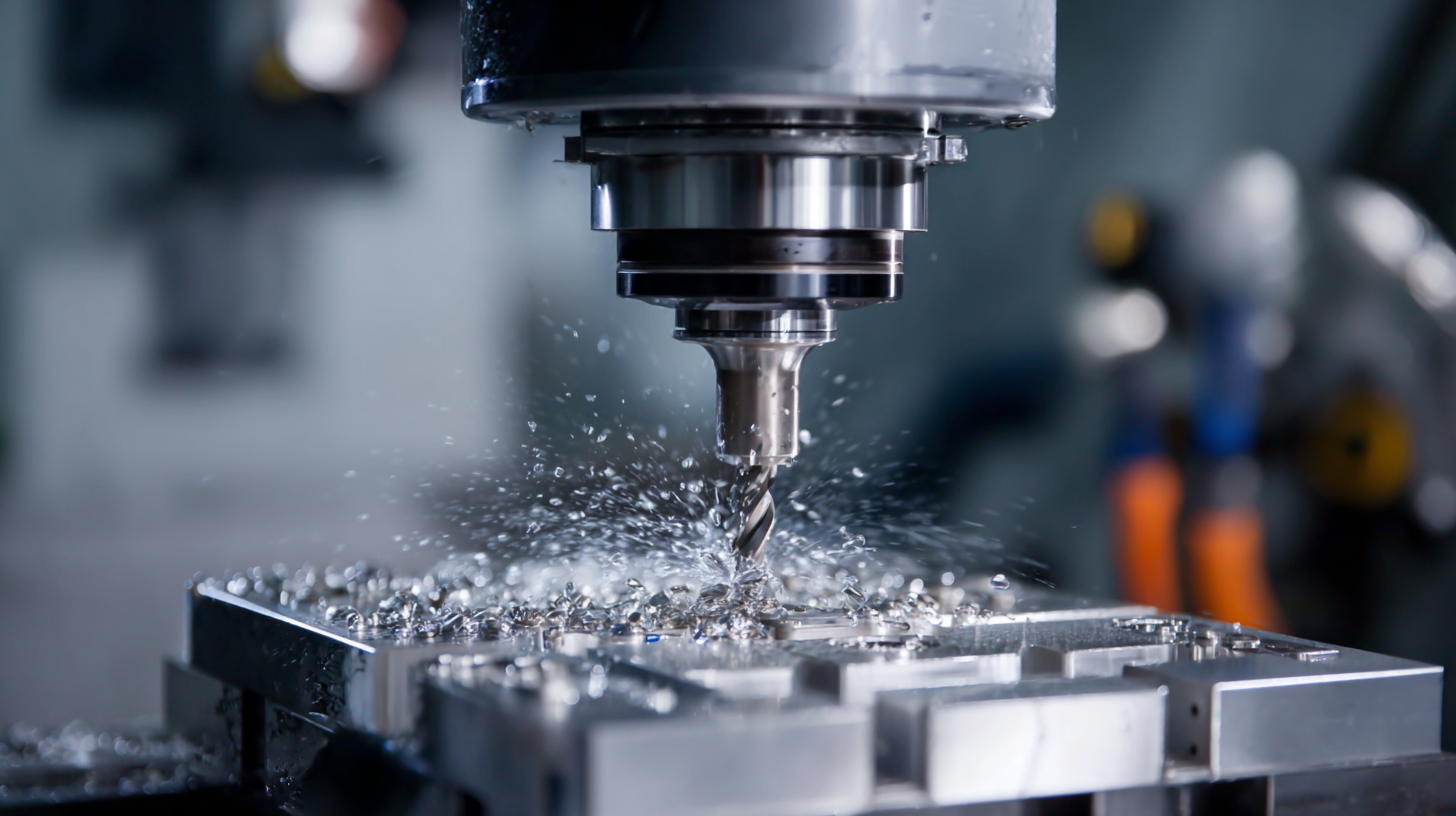 First, advanced CNC routers are becoming increasingly versatile, allowing seamless transitions between different materials and applications, from wood to composites. This flexibility not only enhances productivity but also reduces waste, contributing to a more sustainable manufacturing environment.
First, advanced CNC routers are becoming increasingly versatile, allowing seamless transitions between different materials and applications, from wood to composites. This flexibility not only enhances productivity but also reduces waste, contributing to a more sustainable manufacturing environment.
Another crucial component is the integration of IoT technology in CNC machines. This allows for real-time monitoring and data collection, leading to predictive maintenance and reduced downtime. The rise of intelligent CNC lathes will further streamline operations, providing manufacturers with the ability to execute complex designs with ease and speed. Moreover, advancements in CNC machining centers equipped with multi-axis capabilities are redefining manufacturing possibilities, allowing for intricate designs that were once impossible to produce. As these components evolve, they will not only boost operational efficiency but also pave the way for innovation across various industries.
The future trends in CNC parts indicate a transformative shift in manufacturing efficiency driven by advanced digital technologies. As industries increasingly adopt automation and data-driven processes, CNC machining stands out for its precision and scalability. This evolution is paving the way for smarter manufacturing ecosystems where CNC machines seamlessly integrate with other technologies, such as IoT and AI, to optimize production workflows. By harnessing real-time data analytics, manufacturers can predict maintenance needs, reduce downtime, and enhance overall operational efficacy.
Moreover, the growth of the CNC machine market is propelled by various factors including technological advancements and a rising demand for customized solutions. This surge in market activity suggests an impending revolution in manufacturing practices, characterized by an emphasis on sustainable production and resource efficiency. As companies leverage these trends, the implications on manufacturing efficiency are profound, ensuring faster turnaround times and lower production costs, ultimately affecting market competitiveness and innovation strategies.
| Dimension | Description | Impact on Efficiency |
|---|---|---|
| Material Types | Aluminum, Titanium, Plastics, Composites | Increased durability and reduced weight leading to improved performance. |
| Machining Precision | Tolerance levels as low as ±0.005 mm | Higher accuracy reduces rework and waste. |
| Production Speed | Automated CNC machines enhance production rate | Faster production times lead to lower costs. |
| Software Integration | CAD/CAM systems for design and production | Streamlined workflow increases overall efficiency. |
| Customization | High degree of customization for specific needs | Meets client specifications without excess material costs. |
| Sustainability | Materials are sourced sustainably, and processes are energy efficient | Reduced carbon footprint and operational costs. |
The adoption of CNC (Computer Numerical Control) technologies has become a game-changer for manufacturers across various sectors, enhancing productivity and precision. However, many organizations face challenges in this digital transformation. A report from the International Federation of Robotics reveals that the global market for CNC machines is projected to reach $100 billion by 2025, highlighting the pressing need for manufacturers to embrace these technologies to maintain competitiveness.
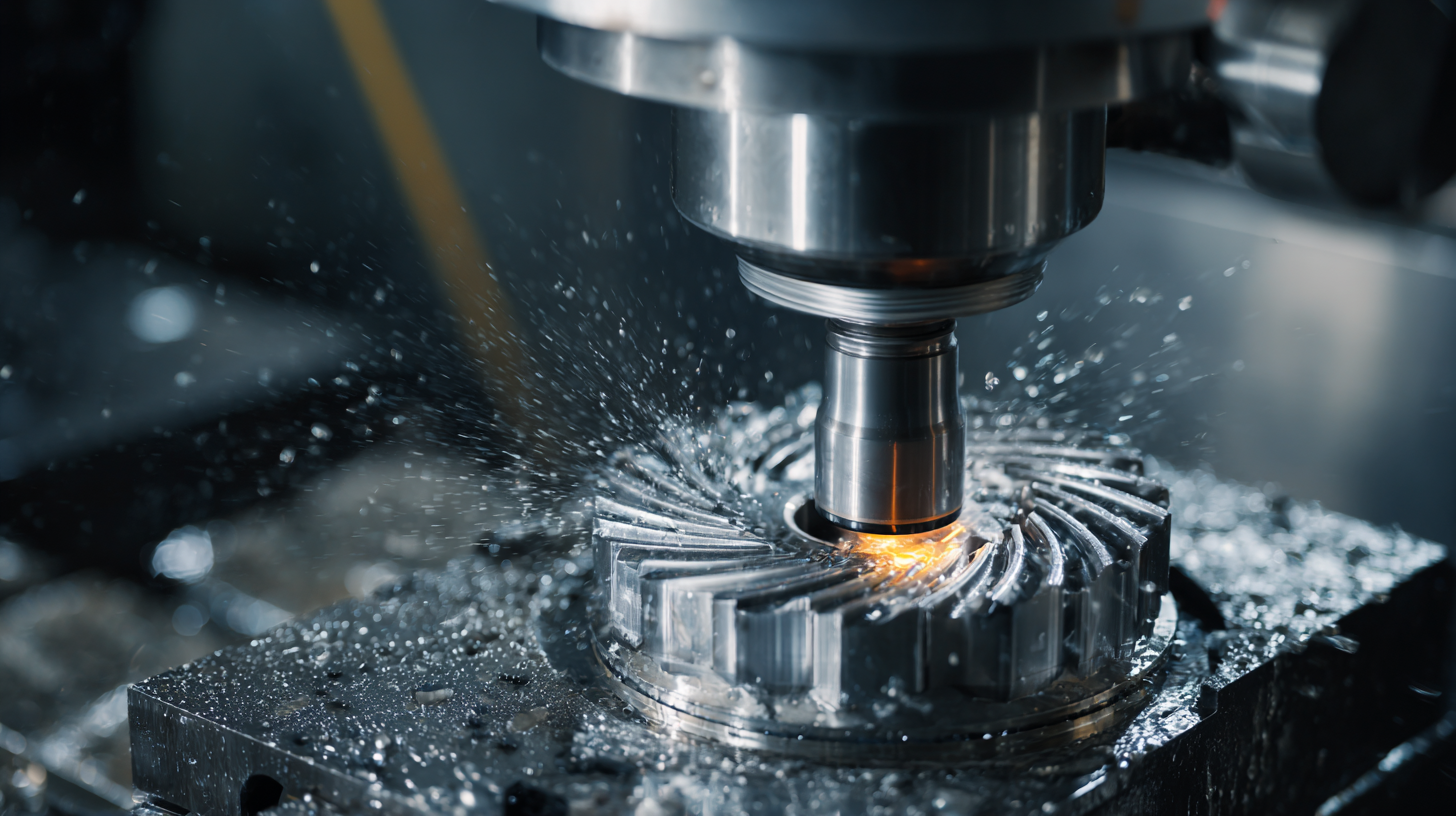
Despite the advantages, challenges such as the high initial investment and the need for skilled operators can be barriers to adoption. Many manufacturers struggle with integrating CNC systems into their existing workflows. To overcome these hurdles, companies should invest in training programs and workforce development to build a skilled workforce that can effectively manage and operate CNC machinery.
Tips: Start small by implementing CNC technology in one area of your production process to assess the impact before a full-scale rollout. Additionally, consider partnering with technology providers who can offer training and support as you transition to CNC systems, ensuring a smoother implementation process.
